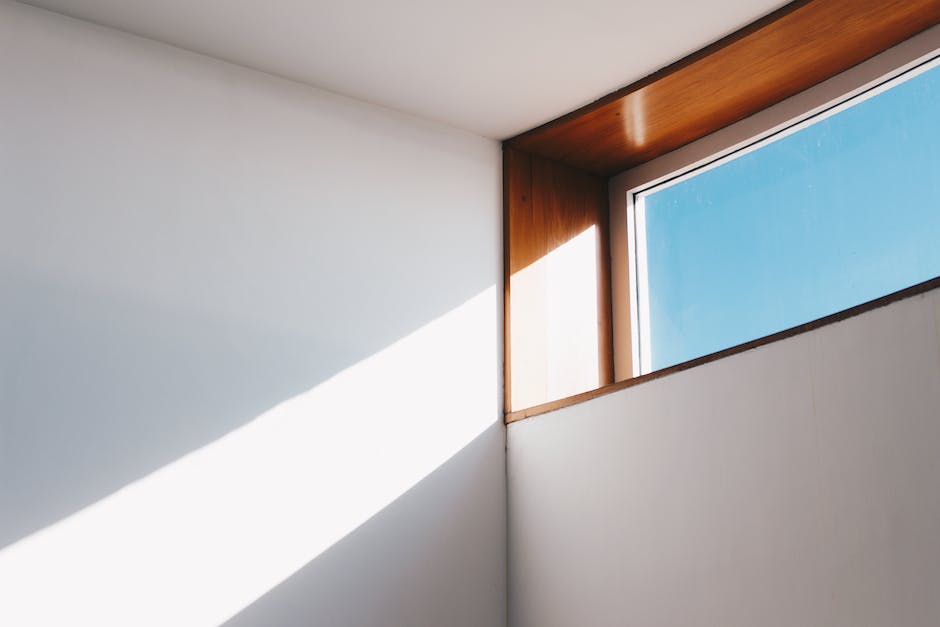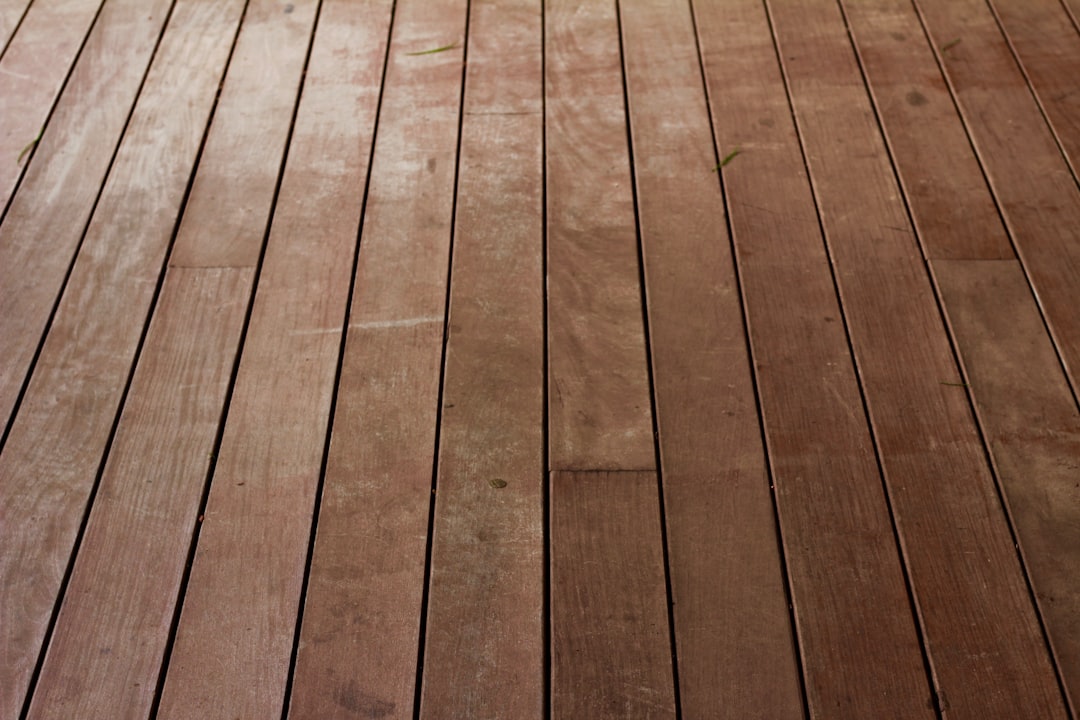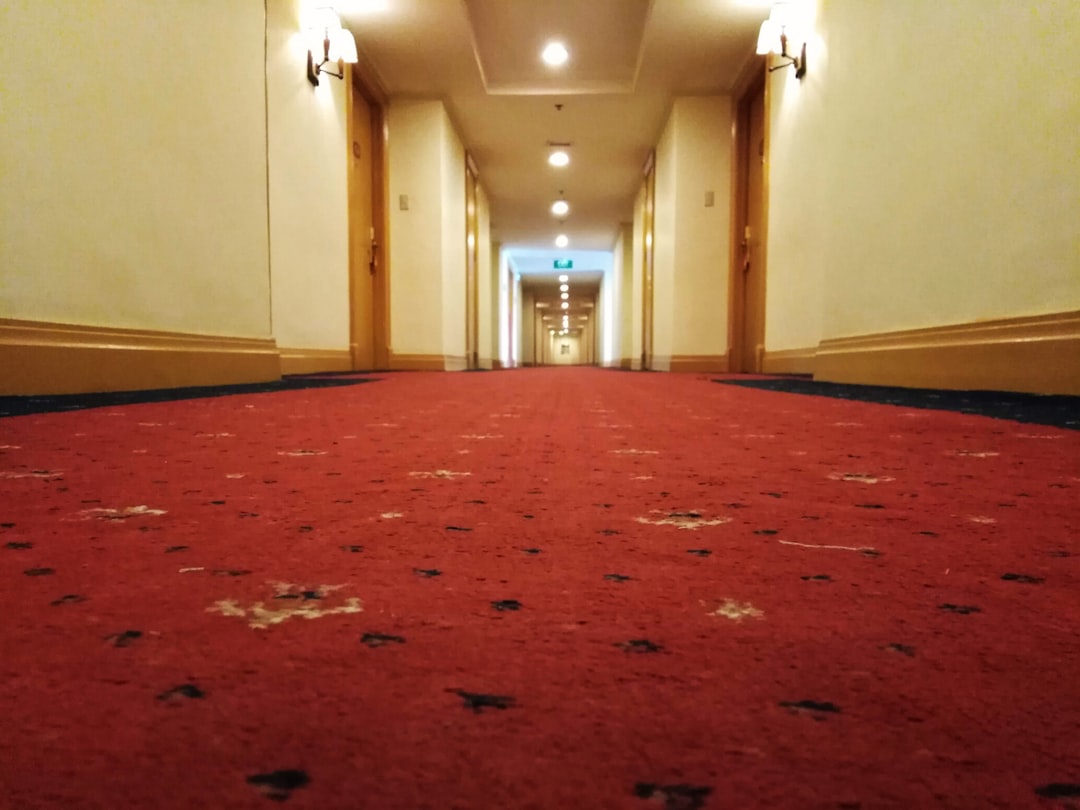When diving into new house flooring options for 2024, it’s crucial to focus on three key areas: Trends, Durability, and Budget. As a homeowner, understanding these aspects can greatly influence your decision-making process, ensuring you select flooring that not only looks stylish but also stands the test of time and fits within your financial plans.
First and foremost, staying ahead with flooring trends can significantly increase the aesthetic appeal and value of your home. From the resurgence of classic hardwoods to the innovative designs of vinyl and laminate, there’s a vast array of choices that cater to every design preference. Durability is another pivotal consideration. High traffic areas demand flooring that can withstand wear and tear, making materials like engineered wood and high-quality laminate invaluable options for both longevity and style. Lastly, budget plays a decisive role. While hardwood flooring epitomizes timeless elegance and adds value to your property, alternatives like vinyl and laminate provide a cost-effective yet equally attractive solution.
In short, whether you lean towards the undying charm of hardwood or the practicality of vinyl and laminate, it’s all about finding the perfect balance that aligns with your lifestyle, design vision, and financial considerations.

Navigating through these choices can be straightforward when you understand the latest trends, which options offer the best durability for your needs, and how to maximize your budget effectively. Let’s explore these flooring possibilities to help you craft the home of your dreams.
Popular Flooring Options in New Homes
When you’re building or renovating your dream home, the flooring you choose sets the stage for your entire design. It’s not just about how it looks; it’s about how it feels underfoot, how it stands up to wear and tear, and how it fits your budget. Here are some of the most popular new house flooring options that homeowners are loving right now:
-
Hardwood: A classic choice that never goes out of style. Hardwood floors are durable and can add significant value to your home. Popular types include oak, maple, and cherry. For those looking to make a unique statement, exotic woods like teak, mahogany, and Brazilian cherry are also available. Hardwood is perfect for living areas and bedrooms but might not be the best choice for high moisture areas.
-
Engineered Wood: This is a fantastic alternative to solid hardwood. Engineered wood is made from layers of hardwood and plywood, making it more resistant to humidity and temperature changes. It’s a great option for areas of the home that might see more moisture, like basements or over concrete slabs.
-
Laminate: If you’re looking for a budget-friendly option that still looks great, laminate might be the way to go. It’s made from composite wood pressed together at high temperatures. The top layer is a photographic image of hardwood (or tile, stone), giving you the look of more expensive materials without the cost. It’s durable and easy to clean, making it suitable for families and pet owners.
-
Vinyl: Vinyl flooring has come a long way in recent years. Options like luxury vinyl plank (LVP) and luxury vinyl tile (LVT) offer the look of hardwood or stone but at a lower cost. Vinyl is water-resistant, making it ideal for kitchens and bathrooms. It’s also very durable and easy to maintain, which is perfect for busy households.
-
Carpet: For comfort and warmth underfoot, you can’t beat carpet. It’s great for bedrooms and living areas where you want a cozy feel. Carpets come in a vast range of colors, patterns, and textures, so you can really personalize your space. Plus, it’s relatively inexpensive compared to other flooring options.
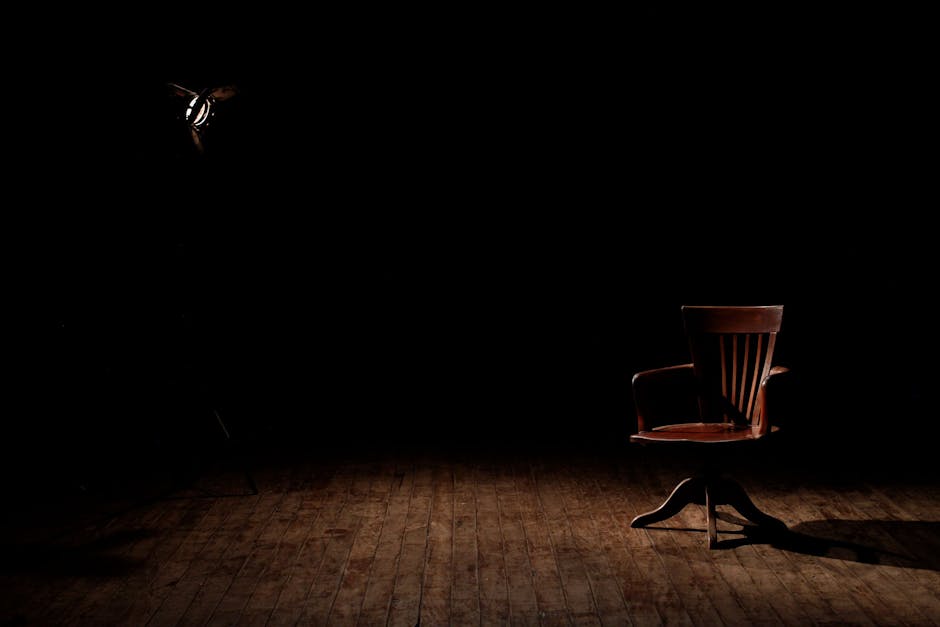
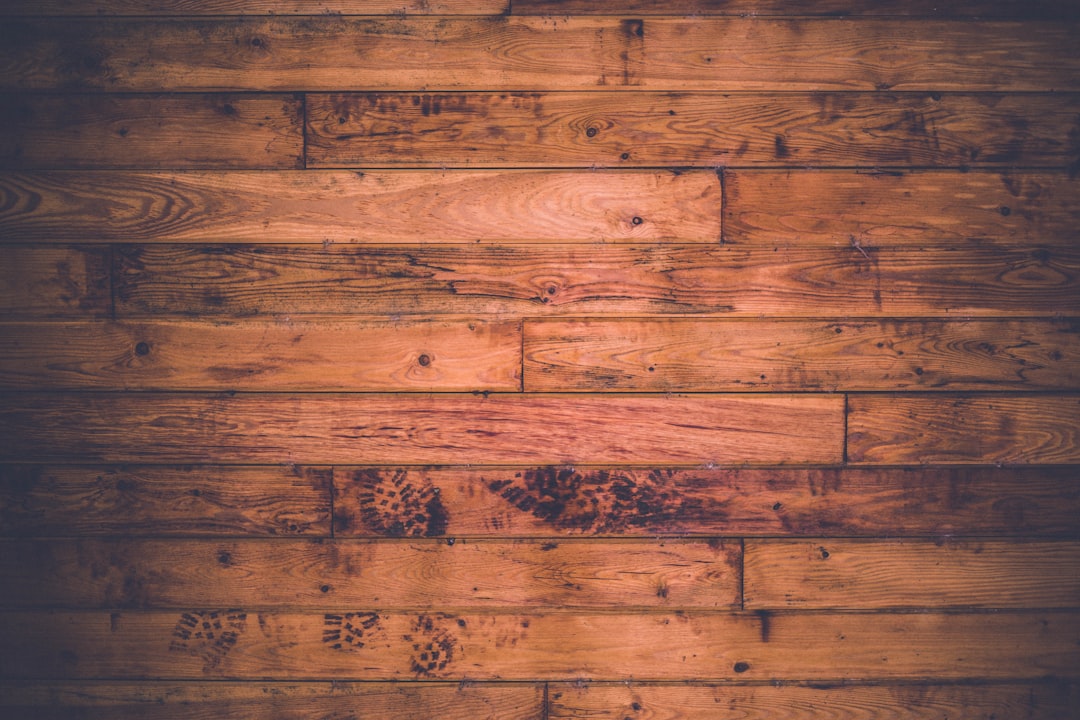

Each of these flooring options has its own set of benefits and considerations. For example, hardwood and engineered wood can add elegance and value to your home but might require more upkeep than vinyl or laminate. Carpet is cozy and affordable but might not be the best choice for allergy sufferers or homes with pets.
When choosing the right flooring for your new home, consider the room’s function, your lifestyle, and your budget. With so many options available, you’re sure to find the perfect flooring to match your needs and style.
In the next section, we’ll dive deeper into the specifics of hardwood flooring, including the types of wood and finishes that can make your home truly stand out.
Hardwood Flooring: Timeless and Elegant
When it comes to selecting new house flooring options, hardwood stands out for its timeless beauty and elegance. It’s not just a flooring choice; it’s a statement of style that can significantly enhance the value and appeal of your home. Let’s explore the most popular types of hardwood flooring.
Oak, Maple, Cherry: The Classics
-
Oak is a favorite among homeowners for its durability and the rich texture it adds to rooms. It’s known for handling high traffic well, making it ideal for families and pet owners. Oak comes in a variety of colors and grains, allowing for flexibility in design.
-
Maple offers a lighter color palette with a fine, consistent grain. It’s incredibly hard and resistant to dents, making it suitable for a modern, minimalist aesthetic. Maple’s light tone can make small spaces appear larger.
-
Cherry wood floors are cherished for their deep, warm tones that enrich a room’s ambiance. Cherry wood naturally darkens over time, adding character and depth to the space. However, it’s softer than oak and maple, requiring a bit more care to keep it looking pristine.
Exotic Woods: A Touch of the Unique
For those looking to make a bold statement, exotic hardwoods like Teak, Mahogany, and Brazilian Cherry offer unique colors and grain patterns not found in domestic woods. These woods can introduce an element of luxury and exclusivity to your home. However, it’s important to consider the source of these woods to ensure they are harvested sustainably.
Considerations for Choosing Hardwood
-
Durability: Hardwood floors are a long-term investment. Choosing a wood type that suits your home’s traffic will ensure your floors stay beautiful for years. Harder woods like oak and maple resist wear and tear better than softer woods.
-
Aesthetics: The wood you choose can dramatically affect the look and feel of your room. Lighter woods like maple can make a room feel more spacious, while darker woods like cherry add warmth and richness.
-
Sustainability: With growing concerns over deforestation, consider woods certified by organizations like the Forest Stewardship Council (FSC) that promote responsible management of the world’s forests.
-
Cost: Exotic woods tend to be more expensive than domestic options. Budget accordingly, and remember that the right hardwood flooring is an investment in your home’s value and beauty.
Hardwood floors offer a blend of durability and elegance unmatched by other flooring options. Whether you prefer the classic appeal of oak, the light sophistication of maple, or the exotic allure of mahogany, there’s a hardwood flooring option to suit every taste and style. Keep in mind the importance of choosing a floor that not only looks great but also meets the demands of your lifestyle and budget.
Next, we’ll explore engineered and laminate flooring, which provide affordable and durable alternatives to traditional hardwood.
Engineered and Laminate Flooring: Affordable and Durable
When it comes to finding new house flooring options that balance cost, durability, and aesthetics, engineered and laminate floors stand out. These options are especially appealing for homeowners looking to stretch their budgets without sacrificing style or longevity.
Engineered Hardwood
Engineered hardwood offers the beauty of traditional hardwood with added resilience. It’s constructed from layers of high-quality plywood or fiberboard, topped with a thin veneer of real hardwood. This layered structure makes engineered hardwood less prone to warping in humid conditions, making it a versatile choice for almost any room in your home. While it can’t be sanded and refinished indefinitely like solid hardwood, engineered hardwood can still be refreshed a few times over its lifespan.
Laminate Flooring
Laminate takes affordability and durability a step further. It’s made from a dense fiberboard core, covered with a photographic image layer that can mimic wood, stone, or tile, and sealed with a protective melamine coating. This top layer is incredibly resistant to scratches, stains, and fading, making laminate an ideal choice for busy households or high-traffic areas.
One of the biggest draws of laminate flooring is its ease of installation. Many laminate products come with a click-lock design that allows for a floating installation over existing floors. This DIY-friendly aspect can save significant money on installation costs.
The Role of Melamine
Both engineered hardwood and laminate flooring benefit from the inclusion of melamine in their construction. In laminate flooring, the melamine layer provides a tough, scratch-resistant surface that’s easy to clean. It also adds a level of moisture resistance, although it’s important to mop up spills quickly to prevent water from seeping through the seams.
Why Choose Engineered or Laminate?
- Affordability: Both options are generally less expensive than solid hardwood, making them accessible for a wider range of budgets.
- Durability: Engineered and laminate floors are designed to withstand the rigors of daily life, resisting scratches, dents, and moisture better than traditional hardwood in many cases.
- Versatility: With a wide range of styles and finishes, these flooring types can achieve nearly any look, from rustic to modern.
- Ease of Installation: Particularly for laminate, the possibility of a DIY installation can make these floors even more cost-effective.
In summary, if you’re searching for new house flooring options that offer the elegance of wood without the high price tag or maintenance demands, engineered and laminate flooring are worth considering. They provide a practical yet stylish foundation for your home, ensuring durability and ease of care without compromising on aesthetic appeal. As we delve into the next section, keep in mind how these flooring options might fit into your overall design vision and lifestyle needs.
Vinyl Flooring: Versatile and Water-Resistant
When it comes to new house flooring options, vinyl flooring stands out for its versatility and exceptional water resistance. This category encompasses Luxury Vinyl Planks (LVP), Luxury Vinyl Tile (LVT), sheet vinyl, and peel-and-stick tiles, each offering unique benefits to homeowners.
LVP and LVT are the showstoppers in the vinyl family. They mimic the look of real hardwood and stone but at a fraction of the cost. Thanks to modern printing technology, LVP and LVT can replicate almost any material, from oak to marble, making it a favorite among budget-conscious designers and homeowners. Their multi-layer construction includes a durable wear layer that resists scratches, stains, and fading, making them ideal for busy households.
Sheet vinyl offers a seamless installation option, perfect for large areas where you want to minimize joints. Its water resistance makes it an excellent choice for bathrooms, kitchens, and laundry rooms, where spills and moisture are common. Modern sheet vinyl comes in a wide range of designs, from intricate patterns to simple, elegant looks that can complement any home décor.
Peel-and-stick tiles are the DIYer’s dream. They’re easy to install, requiring only a clean, flat surface and some patience. While they may not offer the same level of durability as LVP or LVT, peel-and-stick tiles are an affordable way to update a space without a significant investment. They’re ideal for temporary solutions or rental properties, where you might want to remove or replace the flooring down the line.
One of the greatest strengths of vinyl flooring is its water resistance. Unlike hardwood or laminate, vinyl can handle spills, splashes, and humidity without warping or staining, making it a worry-free option for every room in the house. Its ease of maintenance—requiring only regular sweeping and occasional mopping—adds to its appeal for busy households.
However, it’s important to note that while vinyl flooring is durable, it’s not indestructible. Heavy furniture can dent the surface, and sharp objects can gouge it. But, with proper care, vinyl flooring can last many years, looking as beautiful as the day it was installed.
As we explore more new house flooring options, consider how the practicality, style, and durability of vinyl flooring could meet your needs. Its ability to withstand moisture, coupled with a wide range of design options, makes it a versatile choice for any home.
Tile and Stone Flooring: Luxurious and Unique
When stepping into the realm of Tile and Stone Flooring, you’re embracing a world of elegance and distinct beauty. These materials not only elevate the aesthetic of your home but also offer durability that stands the test of time. Let’s dive into the specifics of ceramic, porcelain, natural stone, granite, and marble, and how they can transform your new house into a dream home.
Ceramic and Porcelain Tiles
Ceramic and Porcelain tiles are the go-to choices for homeowners seeking a blend of style and functionality. Both are made from clay and other natural materials, fired in a kiln, but porcelain is made from a more refined clay and fired at higher temperatures. This makes porcelain tiles denser, less porous, and more resistant to moisture and stain than ceramic tiles.
- Pros: Easy to clean, durable, and available in a vast array of designs, colors, and sizes. Suitable for both walls and floors.
- Cons: Can be cold underfoot and slippery when wet unless treated with a non-slip surface.
Natural Stone
Natural Stone flooring brings the beauty of the outdoors inside your home. Each piece is unique, with variations in color, texture, and pattern. Common types include slate, limestone, and sandstone.
- Pros: Adds value to your home, each piece is unique, very durable.
- Cons: Requires sealing to prevent stains, can be expensive.
Granite
Granite, a hard, igneous rock, is prized for its durability and timeless look. It’s an excellent choice for areas that see a lot of foot traffic.
- Pros: Scratch and heat resistant, easy to clean, adds value to your home.
- Cons: Can be pricey, requires sealing to prevent stains.
Marble
Marble is synonymous with luxury. Its distinctive veining and the variety of its colors can add a touch of elegance to any space.
- Pros: Unique appearance, naturally cool temperature is beneficial in hot climates.
- Cons: Porous nature requires regular sealing, can scratch and stain easily, typically more expensive than other options.
Deciding Factors
Choosing between these options depends on your lifestyle, budget, and the area of installation. For high-moisture areas like bathrooms, porcelain tiles are often recommended due to their low porosity. Natural stone can offer a unique, upscale look but requires more maintenance and can be a more costly investment. Granite and marble, while beautiful and durable, also come with higher price tags and care requirements.
When considering new house flooring options, weigh the aesthetic appeal against practical considerations like maintenance, durability, and cost. Tile and Stone Flooring offers a variety of options to suit different tastes and needs, ensuring that your home not only looks stunning but also provides the functionality required for modern living.
Let’s delve into the eco-friendly and alternative flooring options that are gaining popularity among homeowners who prioritize sustainability alongside style and durability.
Transitioning smoothly from the luxurious appeal of tile and stone, the next section will explore how eco-friendly materials like cork, bamboo, and linoleum not only contribute to a healthier planet but also offer unique aesthetics and comfort underfoot.
Eco-Friendly and Alternative Flooring Options
Making environmentally responsible choices is more important than ever. When it comes to new house flooring options, there are several eco-friendly materials that don’t sacrifice style or durability. Let’s delve into some of these alternatives: cork, bamboo, linoleum, and polished concrete.
Cork is a remarkable material, harvested from the bark of cork oak trees without harming the tree itself. This means it’s a renewable resource. Cork floors bring warmth and a unique texture to any space, making them a cozy and sustainable choice. Plus, they have natural insulation properties, which can help with energy efficiency in your home.
Bamboo flooring is another sustainable option. Bamboo is a fast-growing grass, making it a highly renewable resource. It’s known for its durability, strength, and versatility in design. Bamboo flooring can mimic the look of traditional hardwoods while being more eco-friendly. It’s a great choice for homeowners looking for a wood-like appearance with a green twist.
Linoleum might seem like a blast from the past, but it’s making a comeback due to its eco-friendly attributes. Made from natural materials like linseed oil, cork dust, and wood flour, linoleum is biodegradable and compostable at the end of its life cycle. It’s available in a wide range of colors and patterns, offering both durability and a creative palette for your floors.
Polished Concrete is an excellent option for those seeking a modern, industrial look. Not only is it incredibly durable, but it’s also eco-friendly due to its low impact on the environment. Concrete floors require minimal materials for installation, and they can utilize existing concrete slabs, reducing waste. Polished concrete is easy to maintain and can be customized with stains and finishes for a unique look.
These eco-friendly and alternative flooring options provide a way to make conscious choices for your new home without compromising on style or quality. Whether you’re drawn to the warmth of cork, the sustainability of bamboo, the retro appeal of linoleum, or the sleek modernity of polished concrete, there’s an eco-friendly flooring solution that will meet your needs and reflect your personal style.
As we continue to explore new house flooring options, keep in mind that the best choice for your home depends on a combination of factors including durability, maintenance requirements, and aesthetic preferences.
Cost-Effective Flooring Solutions
When it comes to outfitting your new home with flooring, it’s not just about the look. Budget matters. But, guess what? You don’t have to empty your wallet to get floors that are both stylish and durable. Let’s dive into some cost-effective new house flooring options that won’t break the bank.
Sheet Vinyl
Sheet vinyl flooring is like the superhero of the budget flooring world. It’s tough against stains, scratches, and moisture, making it a great pick for areas like kitchens and bathrooms. Plus, it comes in a wide range of designs. You can have the look of hardwood or stone without the hefty price tag. Installation? A breeze. You can even find peel-and-stick varieties that make DIY a snap.
Linoleum
Linoleum might sound old-school, but it’s making a comeback. Why? It’s eco-friendly, made from natural materials like linseed oil and cork. It’s also pretty tough and can handle a lot of foot traffic, which is great for busy homes. And just like sheet vinyl, linoleum comes in lots of patterns and colors. It’s a solid choice if you’re looking for something different and don’t want to spend a ton.
Budget Laminate
Laminate flooring is another wallet-friendly option. It’s designed to look like wood or stone but at a fraction of the cost. High-quality laminate can be surprisingly durable, resisting scratches, dents, and stains. Plus, it’s easy to install, often using a simple click-together method that doesn’t require nails or glue. If you’re craving that hardwood look but not the hardwood price, laminate’s got you covered.
Polished Concrete
Lastly, let’s talk about polished concrete. It’s not just for warehouses or industrial spaces anymore. Polished concrete can give your home a modern, minimalist look. It’s incredibly durable and low maintenance. Spills? No problem. Just wipe them up. And because it’s just your existing concrete slab, polished and treated, it can be surprisingly affordable. Plus, it’s perfect for those with allergies since it doesn’t trap dust and dander like carpets.
Each of these options has its own set of benefits, but they all share one thing in common: they’re kind to your wallet. Whether you’re drawn to the waterproof wonders of vinyl, the natural appeal of linoleum, the wood-like warmth of laminate, or the sleek simplicity of polished concrete, there’s an affordable flooring solution out there for your new home. Choosing the right flooring is about balancing your style preferences with practical considerations like durability and maintenance. With these cost-effective options, you can achieve the look you love without sacrificing quality or blowing your budget.
Maintenance and Longevity
When you’re picking out new house flooring options, thinking about how to keep them looking great for as long as possible is key. Let’s dive into the essentials: cleaning, refinishing, and moisture resistance.
Cleaning
No matter the flooring, regular cleaning is a must to keep it in top shape. Here’s a quick guide:
- Hardwood and Engineered Wood: Sweep or use a microfiber mop daily to catch dust and dirt. For a deeper clean, use a cleaner specifically designed for wood floors. Avoid water and steam mops, as they can damage the wood over time.
- Laminate: Similar to hardwood, sweep or dry mop daily. Use a damp mop with a laminate-specific cleaner for a thorough clean. Water is laminate’s enemy, so keep it minimal.
- Vinyl: Vinyl is low-maintenance. Sweep regularly and mop with a mild cleaner. Vinyl can handle water better than wood or laminate, making it easier to clean.
- Tile and Stone: Sweep or vacuum to prevent grit from scratching the surface. Mop with a mild detergent. For grout, you might need a special cleaner to keep it looking fresh.
- Carpet: Vacuum at least once a week, more often for high traffic areas. Consider professional cleaning annually, especially for light colors or plush carpets.
Refinishing
Over time, floors can get scratched or dull. Here’s what you need to know about bringing them back to life:
- Hardwood: Can be sanded and refinished multiple times, making it a great long-term option. The process can be messy and expensive but revitalizes the wood beautifully.
- Engineered Wood: Has a top layer of real wood that can be refinished, but only once or twice. Be sure to check the thickness of the top layer before buying.
- Laminate, Vinyl, Tile and Stone: These cannot be refinished. Once they’re worn out or damaged, replacement is the only option.
Moisture Resistance
Moisture can be a big problem for floors, leading to warping, mold, and damage. Here’s how different materials stack up:
- Hardwood and Engineered Wood: Poor moisture resistance. Not recommended for bathrooms or basements without special treatments.
- Laminate: Better than hardwood but still vulnerable to water damage. Spills should be cleaned up immediately.
- Vinyl: Excellent moisture resistance. A great choice for kitchens, bathrooms, and basements.
- Tile and Stone: Also excellent for wet areas. Just make sure the grout is sealed to prevent moisture from seeping underneath.
In summary, choosing the right new house flooring options involves more than just picking a style you like. You need to consider how much effort you’re willing to put into maintenance, how well the flooring can be refreshed down the line, and how it will stand up to spills and humidity. With the right care, your floors can keep your home looking beautiful for many years to come. Now, let’s move on to some frequently asked questions about new house flooring options.
FAQs on New House Flooring Options
What is the most durable flooring for a new home?
When it comes to durability, vinyl flooring stands out, especially the waterproof SPC rigid core vinyl. This type of flooring is built to withstand high traffic, spills, and moisture, making it a solid choice for parts of the home that see a lot of activity. Another durable option is porcelain tile, known for its resistance to scratches, dents, and heavy foot traffic. For those who prefer a wood look, engineered hardwood with water-resistant features offers durability along with the classic aesthetic of wood.
How do I choose the right flooring for different areas in my home?
Choosing the right flooring involves considering the room’s function, moisture level, and foot traffic. Here’s a simple guide:
- Living Rooms and Bedrooms: Hardwood or laminate flooring works well in these areas, offering warmth and elegance with moderate durability.
- Kitchens and Bathrooms: Vinyl or porcelain tile is best due to their water resistance and easy cleaning. Engineered hardwood can also be suitable if you prefer a wood look.
- Basements: Engineered hardwood, vinyl, or laminate designed for damp environments can withstand the moisture common in basements.
- High Traffic Areas: Consider laminate or vinyl flooring for their durability and ease of maintenance.
What are the latest trends in new house flooring for 2024?
The trends for 2024 are leaning towards natural looks and eco-friendly materials. Light wood colors, such as gray, light brown, and whitewashed wood, are becoming increasingly popular for their airy and open feel. Waterproof flooring options, including vinyl and engineered wood, are in high demand for their practicality. Additionally, there’s a growing interest in eco-friendly flooring options like bamboo and cork, which are not only sustainable but also offer unique aesthetics and comfort underfoot.
The best new house flooring options balance your needs with your style. Whether you’re drawn to the timeless elegance of hardwood or the versatility and water resistance of vinyl, there’s a flooring solution out there to match your home’s design and your lifestyle. For more detailed advice and the latest options, visiting a reputable provider like California Flooring & Design can offer personalized recommendations and insights into the latest flooring innovations.
Conclusion
Choosing the right flooring for your new home is more than just finding a style you like; it’s about matching your personal taste with your lifestyle needs. Whether you’re drawn to the timeless elegance of hardwood, the resilience of engineered or laminate floors, the practicality of vinyl, or the unique charm of tile and stone, your decision should reflect the way you live your life.
Your home is a reflection of you. The floors you choose will set the tone for each room, influencing the ambiance and feel. Do you have pets or children? Do you entertain often? Are you looking for low maintenance options? These are all critical questions that can guide your flooring choices.
At California Flooring & Design, we understand that every homeowner’s needs are unique. That’s why we offer a wide range of new house flooring options to suit different tastes and requirements. From luxurious hardwoods and durable laminates to versatile vinyl and elegant tiles, we have something for everyone.
We also know that trends come and go, but the right choice is timeless. As we look towards 2024, we’re excited to continue providing our customers with flooring that not only looks great but also stands up to the demands of daily life. Our team is here to help you navigate the myriad of options available, ensuring that you find the perfect flooring for your new home.
In conclusion, selecting the best flooring for your home is a significant decision that requires careful consideration of your personal style, lifestyle needs, and the unique characteristics of each room. At California Flooring & Design, we’re committed to helping you make that choice with confidence, offering expert advice, quality products, and professional installation services. Let us help you transform your space with the perfect flooring for 2024 and beyond.



